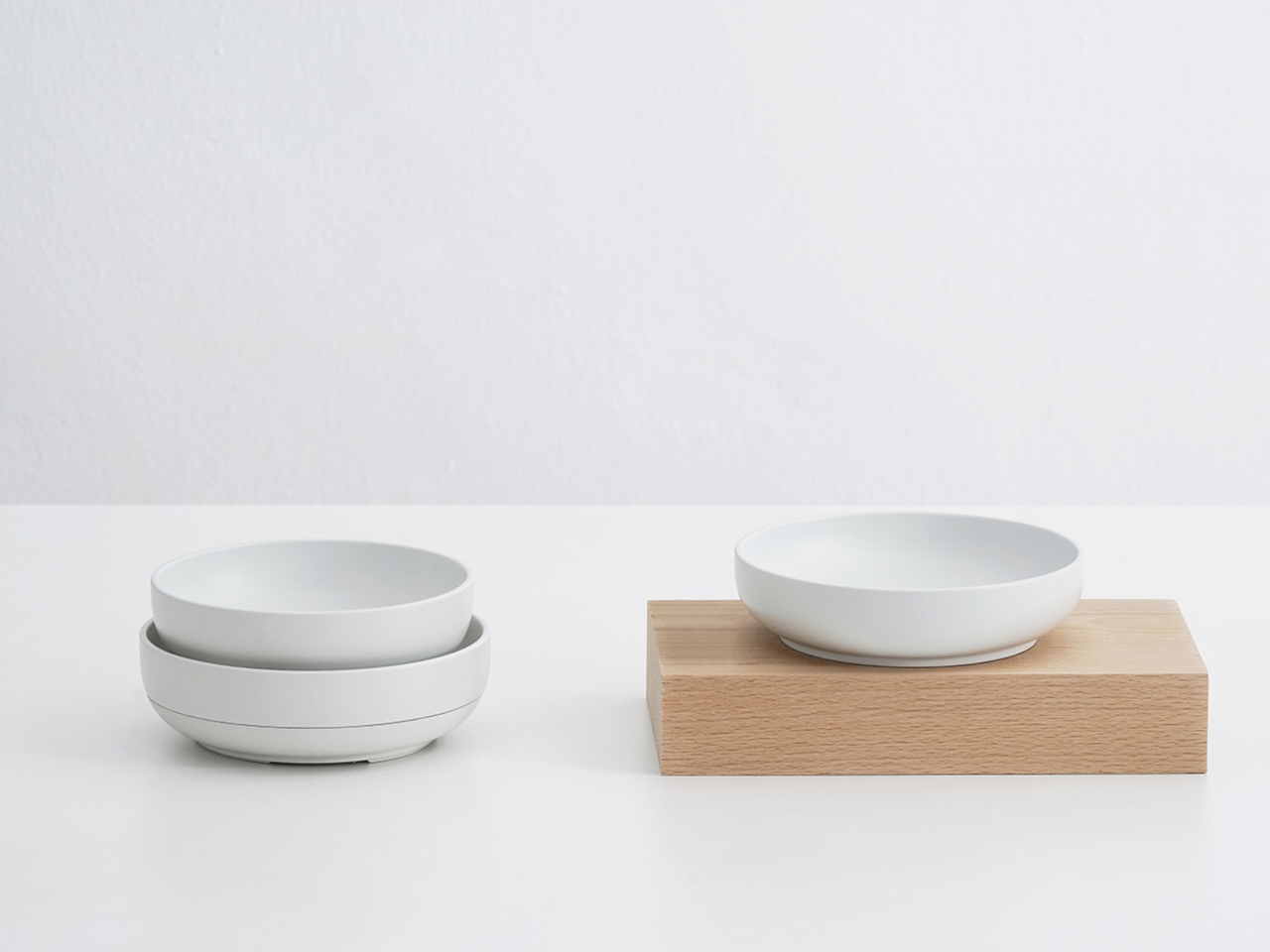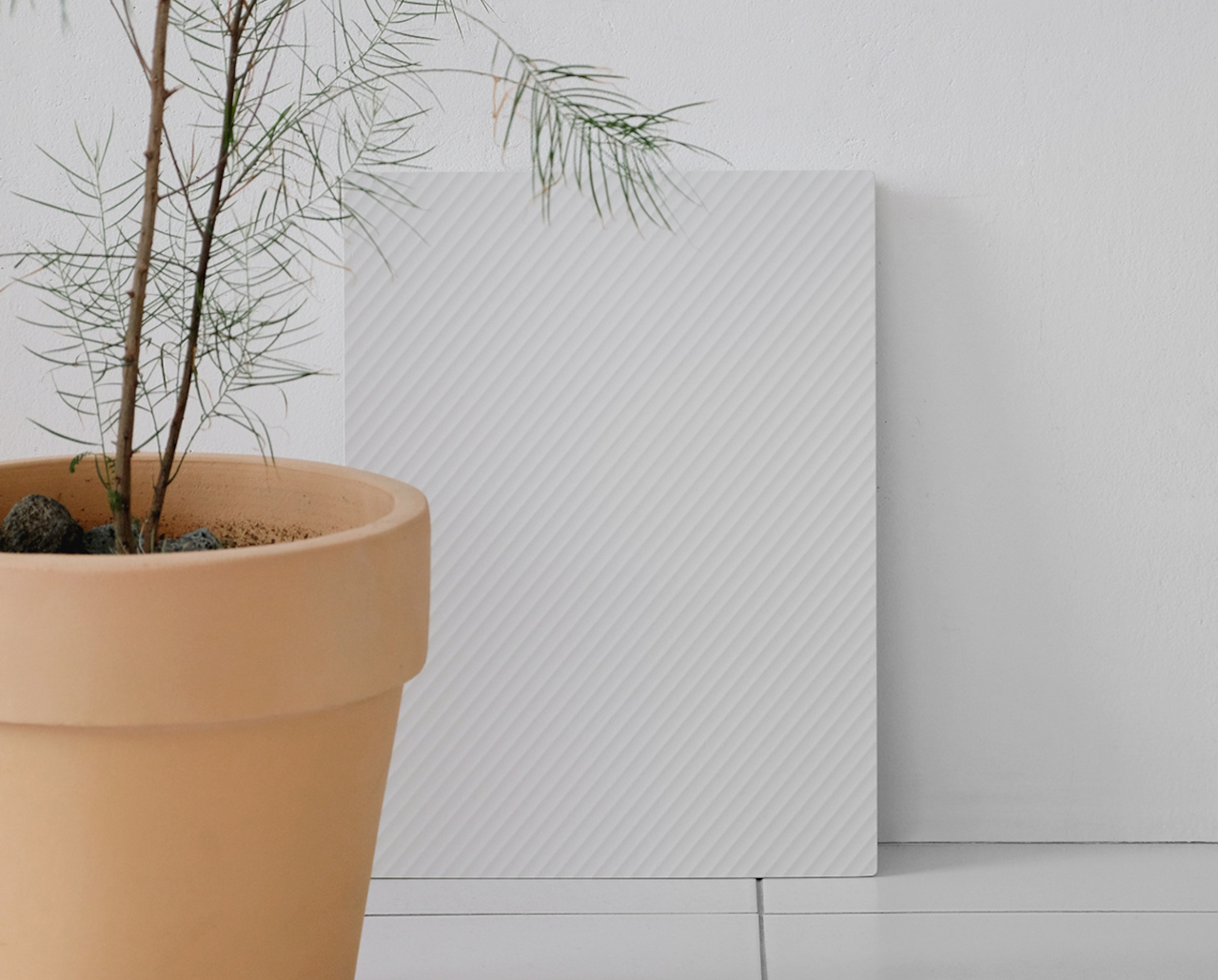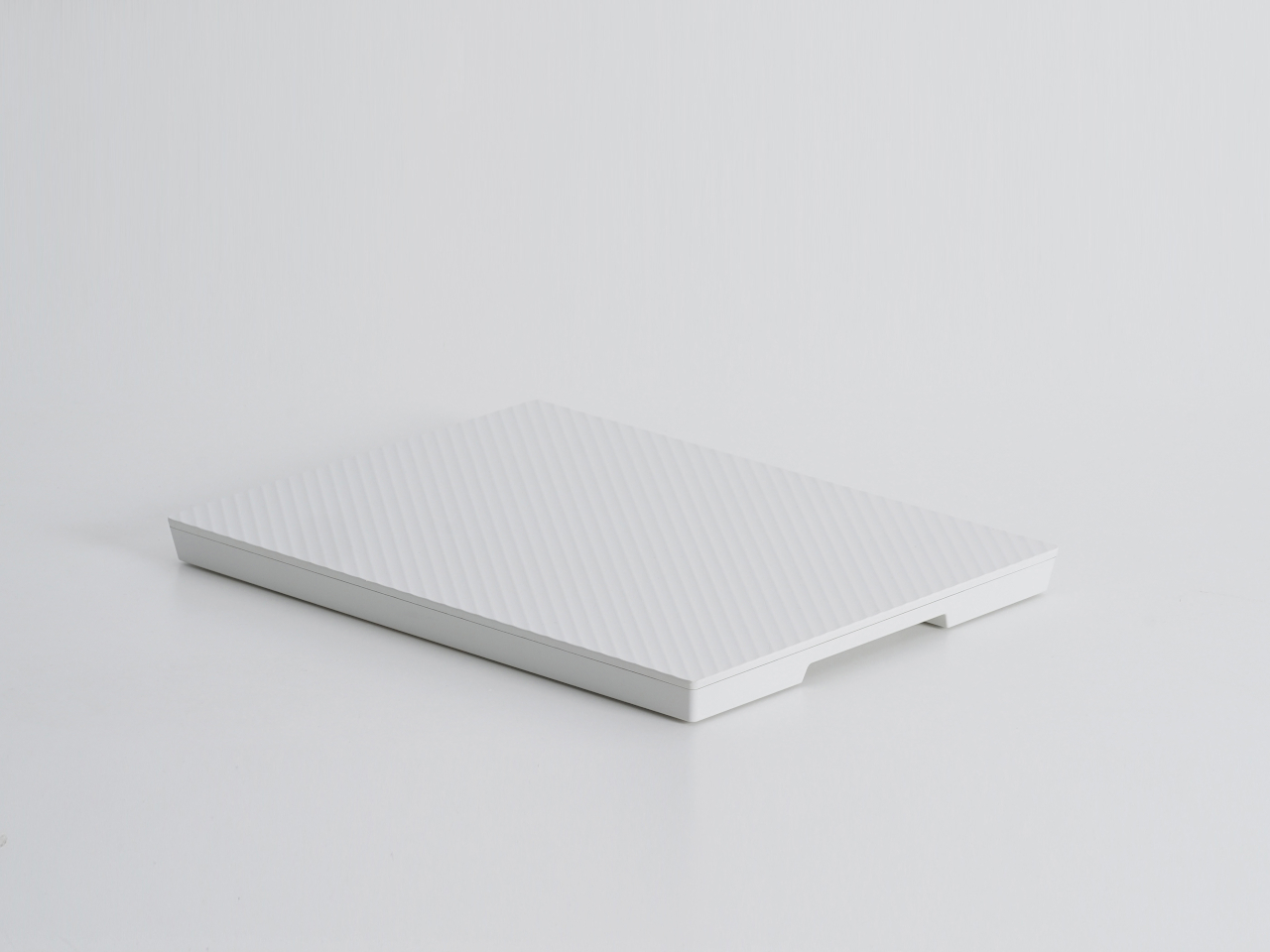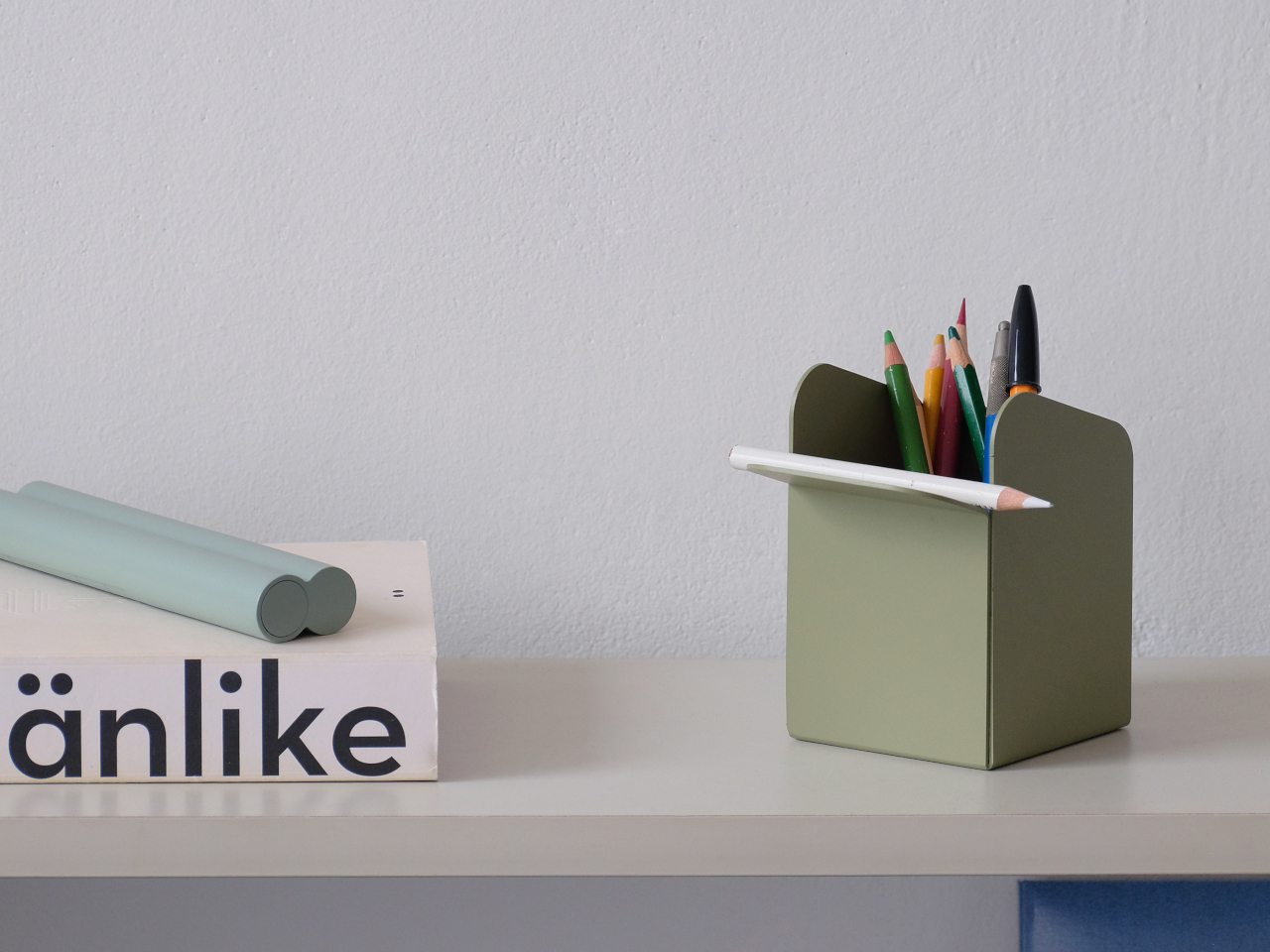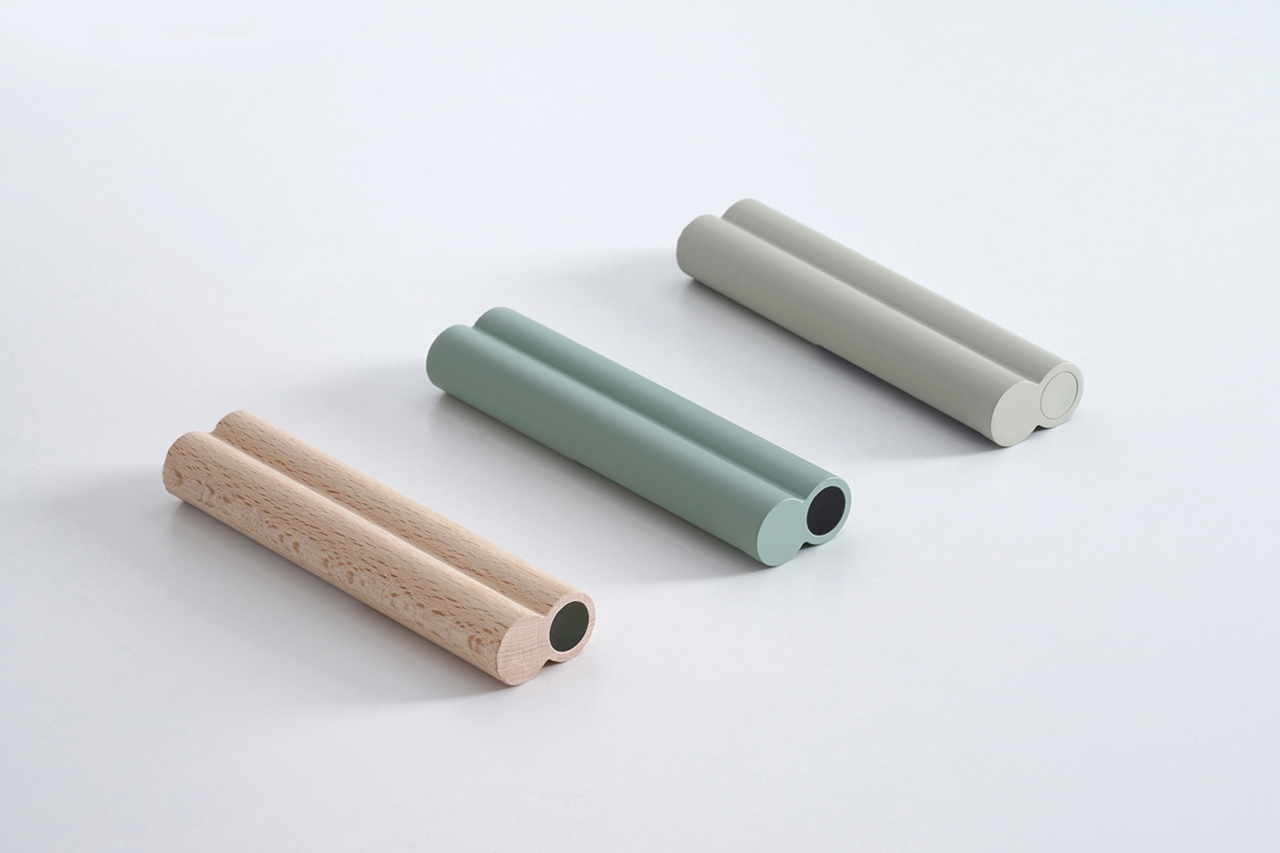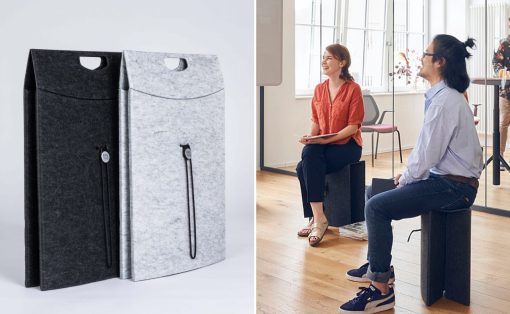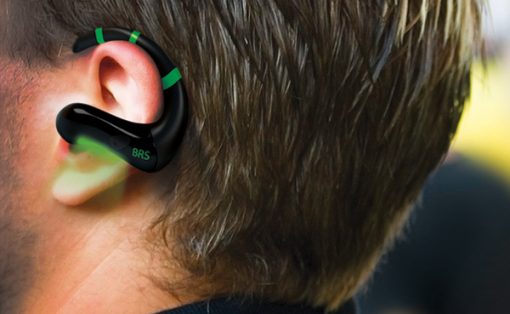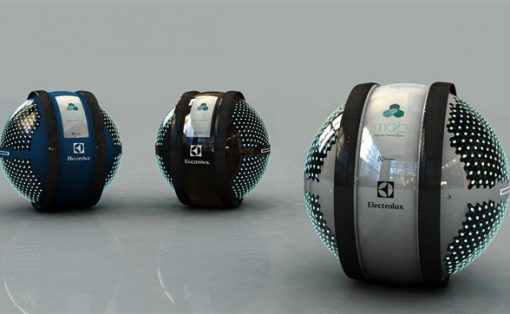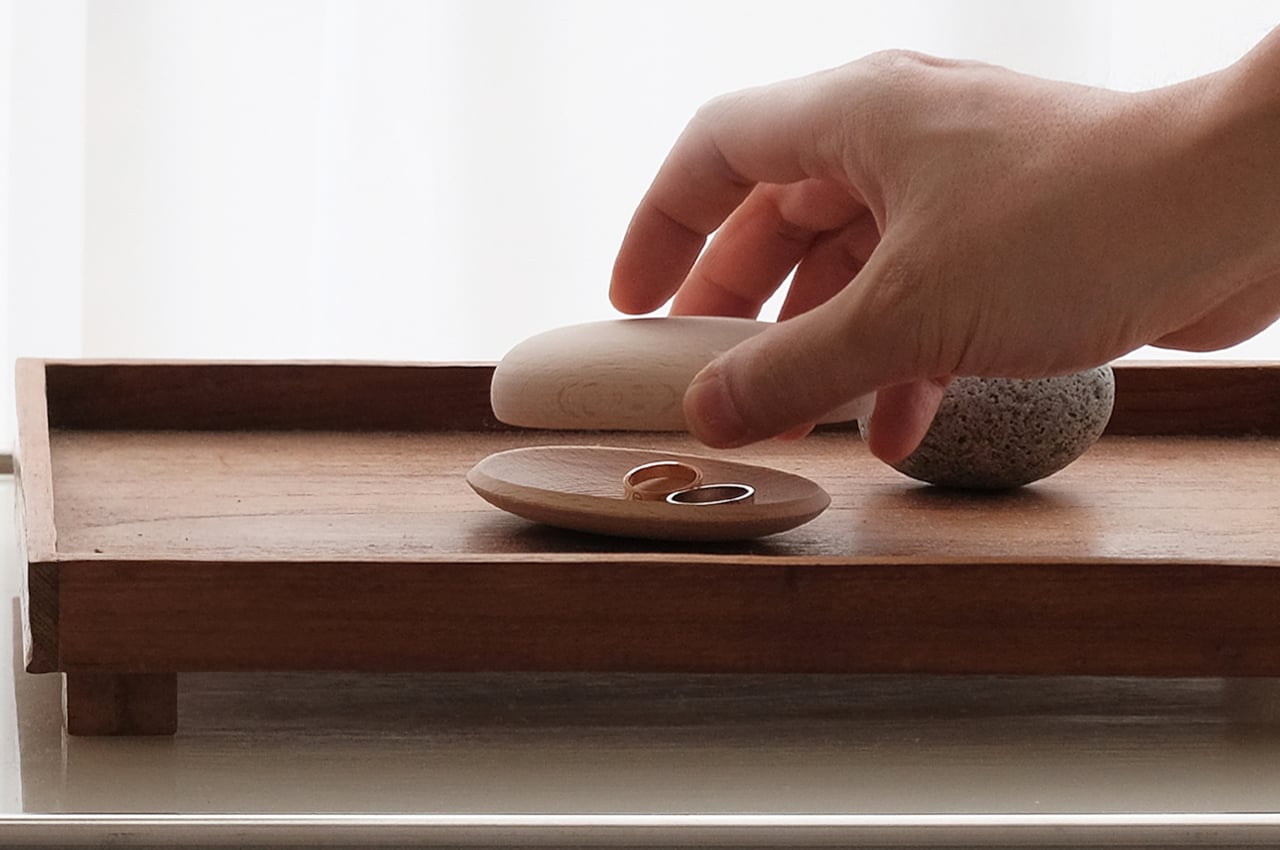
Tech gadgets don’t need to look futuristic to be useful and can even look like an innocent pebble or an artist’s canvas leaning against the wall.
Homes today are filled with so much technology that it’s impossible not to notice one or two in a room, whether it be the latest smart TV or a fabric-covered smart speaker. While many of these home-centric devices are intentionally designed to look at home in your home, they often still stick out and call attention to themselves, which is also an intentional marketing strategy. That doesn’t have to be the case, however, and you might be surprised at how easy it is to make devices look like ordinary, everyday things you might easily take for granted.
Designer: Hoyoung Joo/studio SFSO

There might be nothing inherently wrong with consumer tech that looks like what they’re supposed to. Some might actually want their smart speakers to look like canisters and their TV remote control to show off all the functionality it has to offer. It’s hard to argue, however, that these things sometimes add unnecessary visual stimulation through designs and shapes that seem out of place in the back of our minds. These may, in turn, produce subconscious stress in what should be a stress-free living space.
One solution is to meticulously design a product to blend in with everyday objects, but a simpler method might be to actually turn these tech products into inconspicuous everyday objects themselves. Design studio SFSO dubs these “Hidden Objects,” a nod to a type of casual game where you have to squint your eyes to see a teacup hiding in a messy wardrobe.
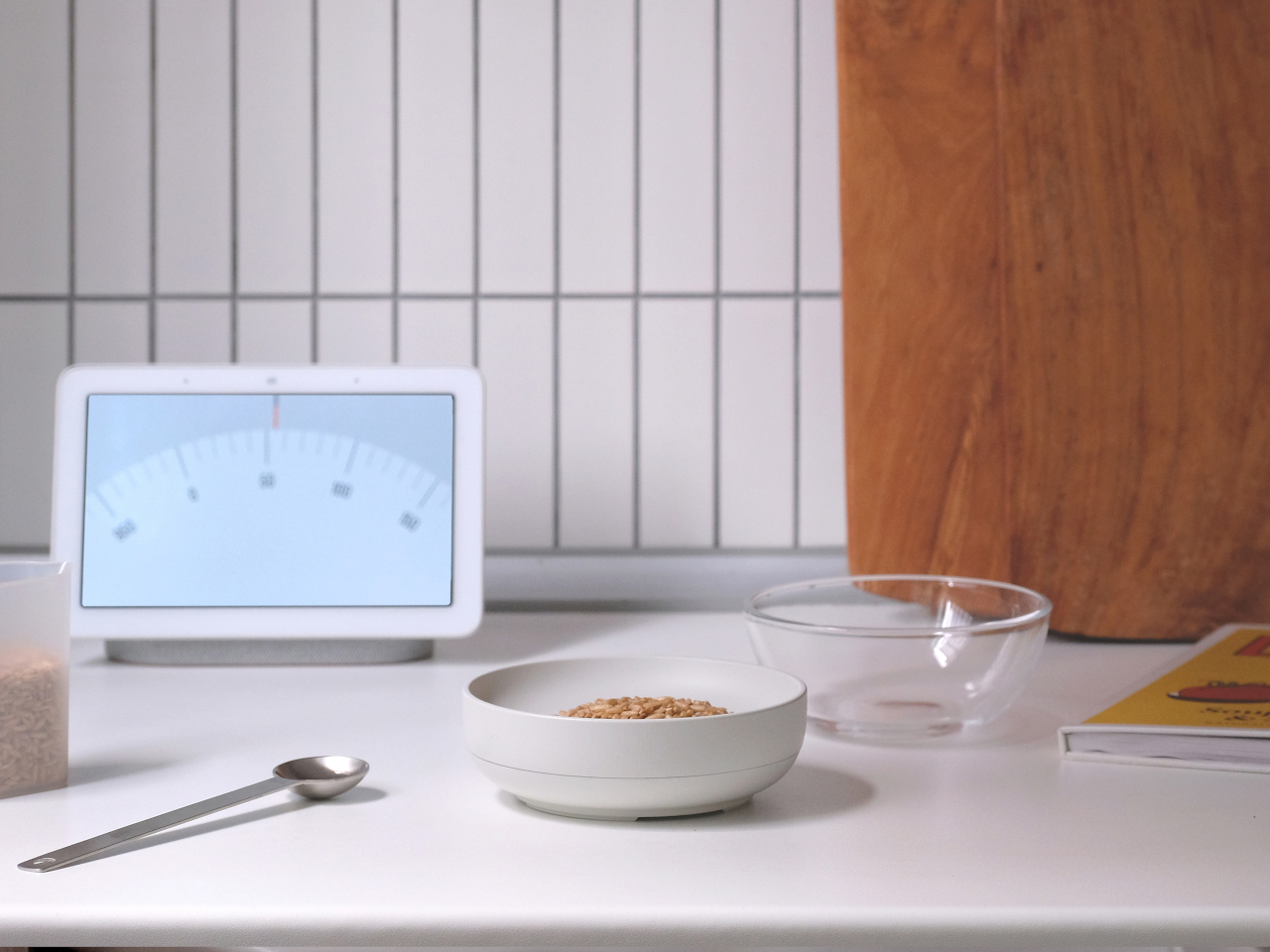
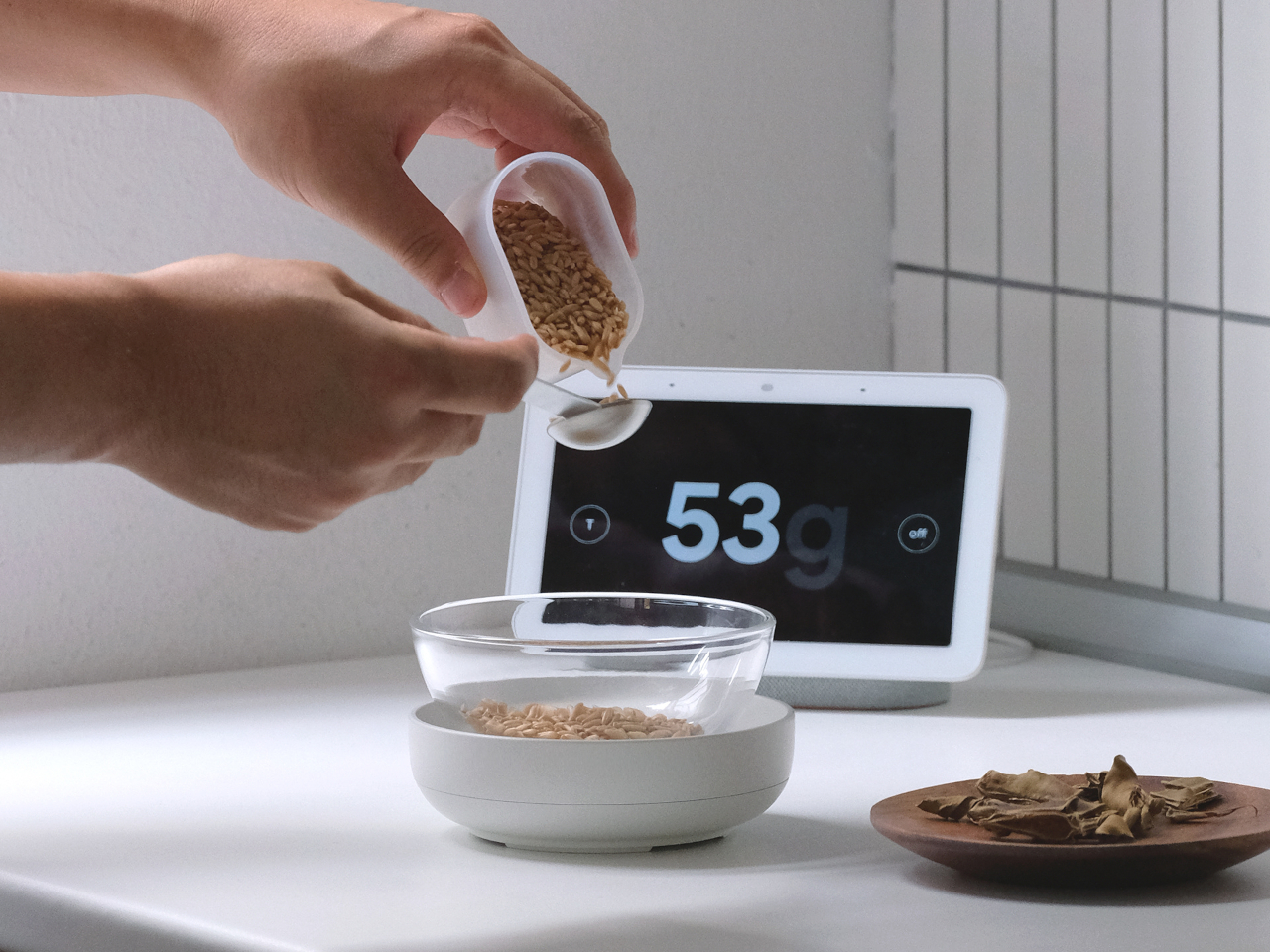
A kitchen scale, for example, can simply look like a bowl, which simplifies not just the visual design but also its use. You can easily stack similar-looking bowls when measuring ingredients, though you might also be tempted to just put those directly into the bowl-shaped scale instead. The familiar shape of the bowl makes it look unobtrusive and uncomplicated, with the actual measurement being sent to a connected smartphone or smart speaker rather than an LCD display that breaks the illusion.
A larger weighing scale for humans, on the other hand, could masquerade as a tile or canvas leaning on your wall off to the side. There are no visible displays as well, with data sent directly to a paired smart device, and the scale looks more like an unassuming block of wood. It makes it easier to approach and use the scale with confidence, unlike many smart scales whose glass surfaces evoke a feeling of fragility.
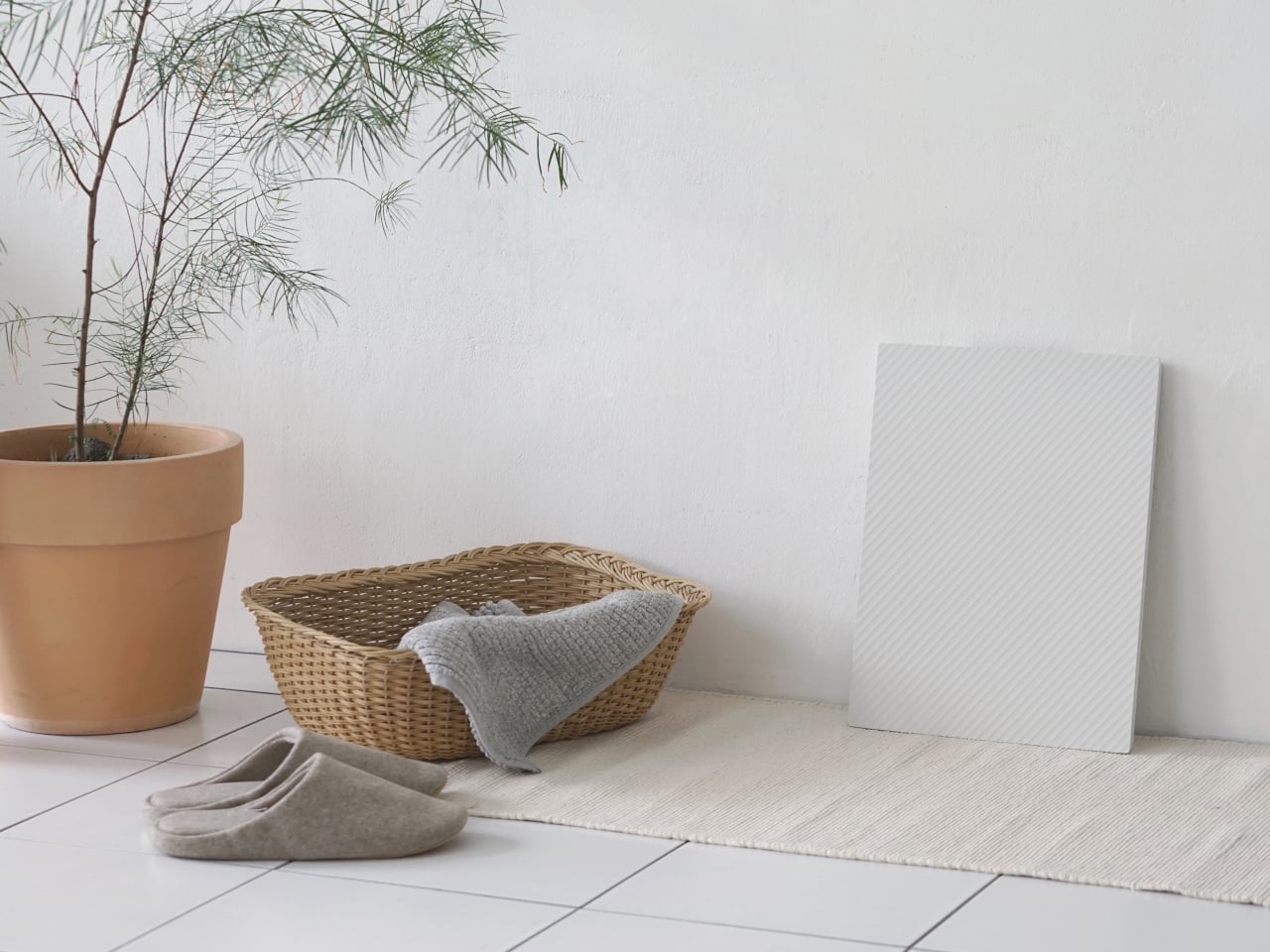
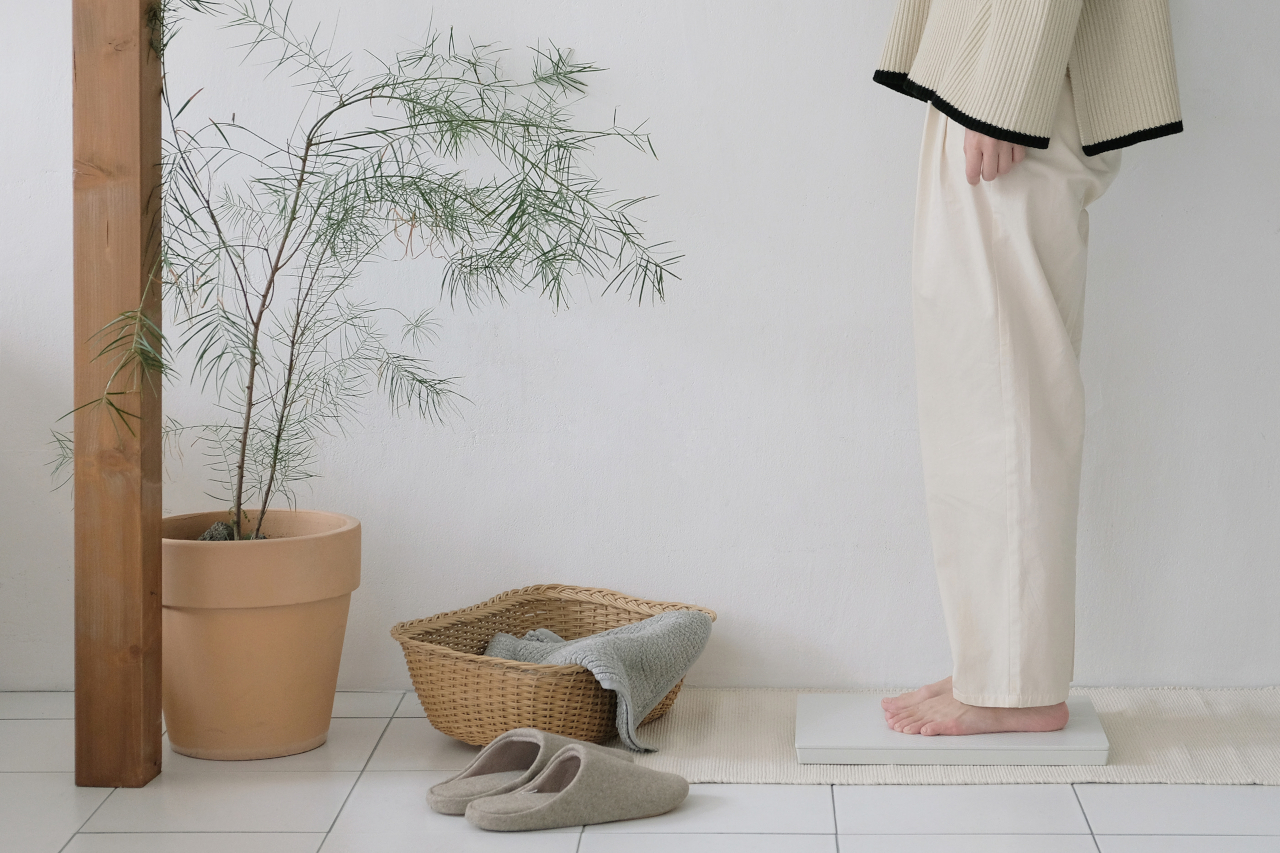
Japanese-inspired interior decorations have introduced the use of smooth, oval rocks as room decorations. Why not turn these objects into containers at the same time, hitting two birds with one stone, pun intended. The Pebble Tray is almost a cunning way to hide important things almost in plain view without adding visual clutter to a serene rock garden or pebble beach theme.
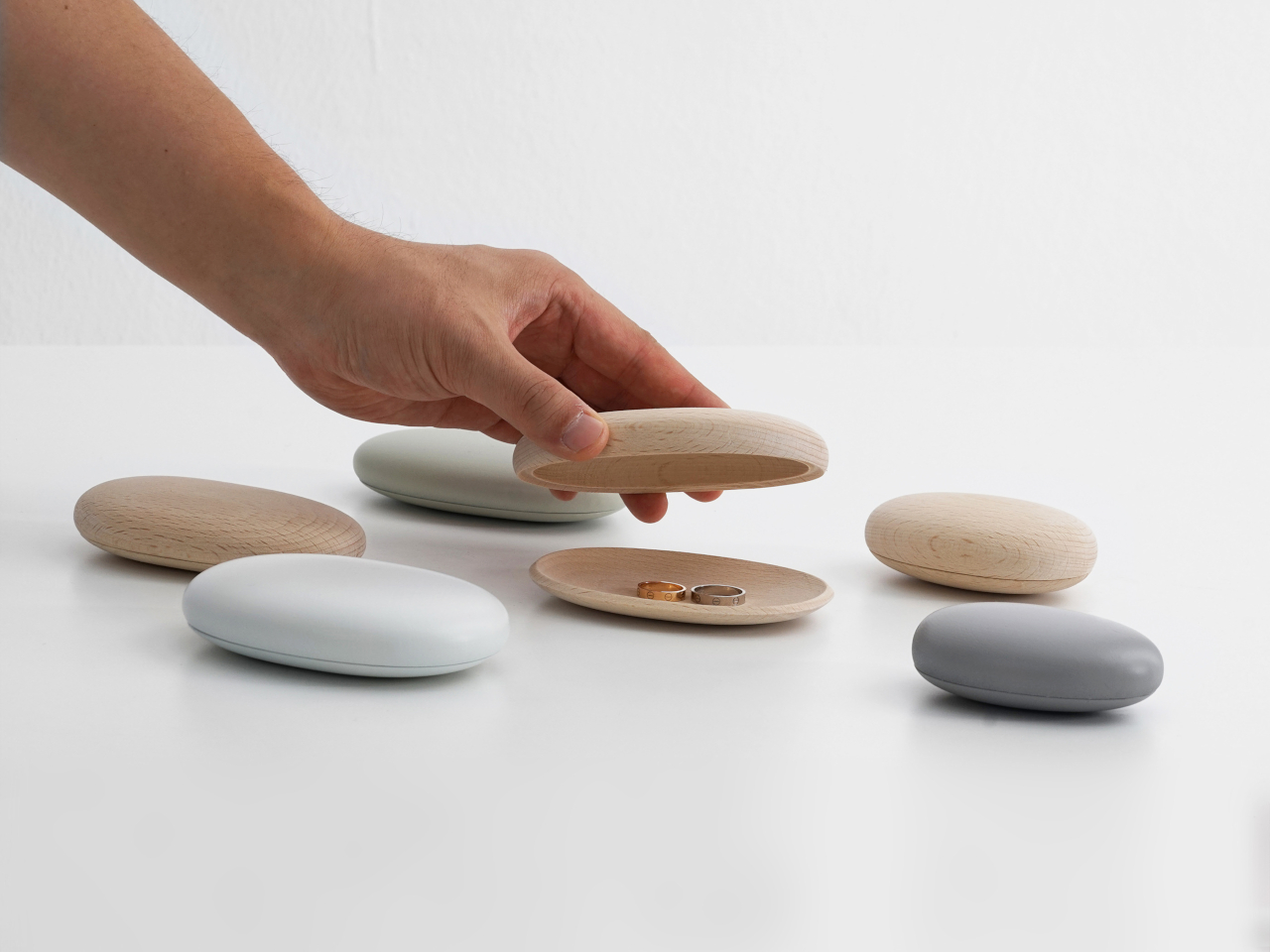
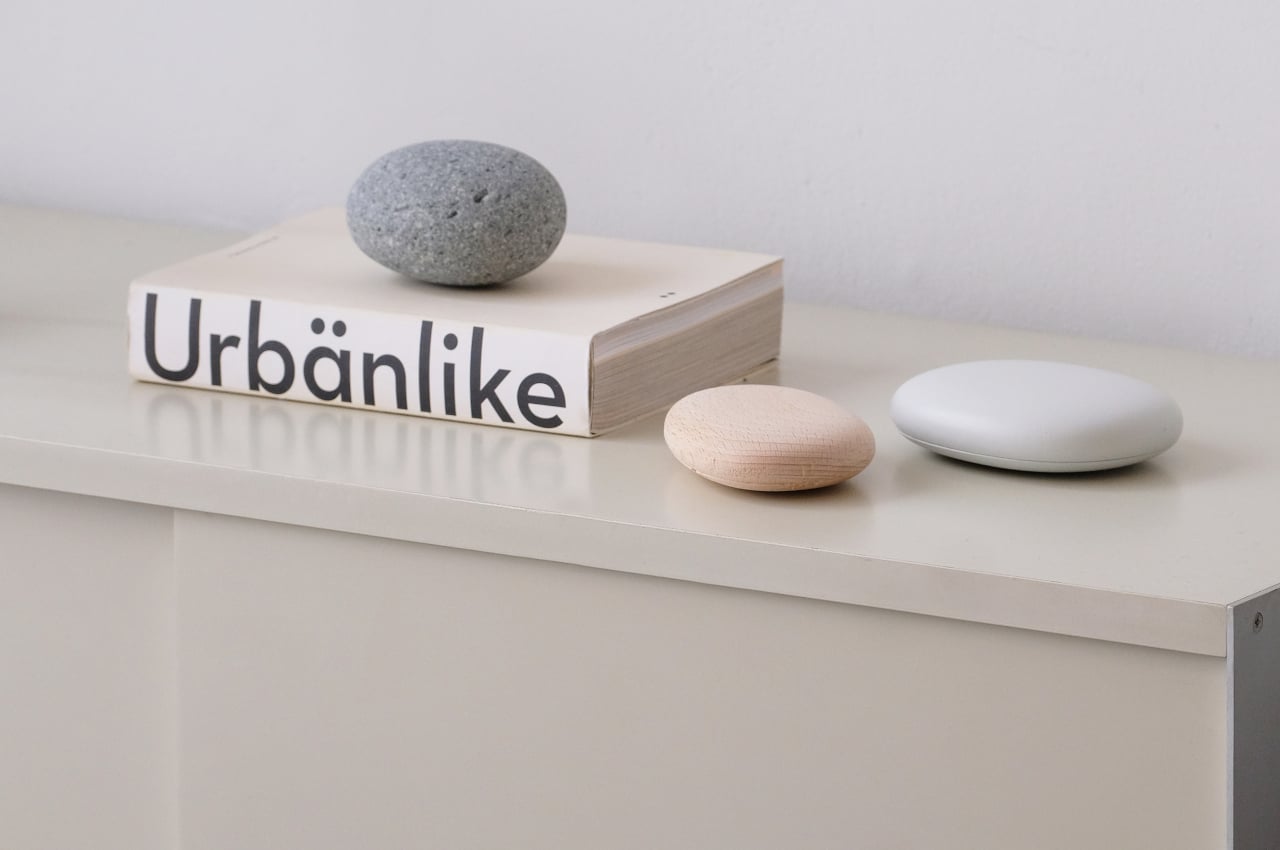
The Stick Remote Control is admittedly harder to pull off, only because you don’t regularly find two conjoined round bars in most living rooms. Its flat top and bottom edges, however, make it easy to prop the stick up on its feet and hide the buttons from view. And unlike most remote controls, you can have it lie on its face and still look like a piece of minimalist decor.
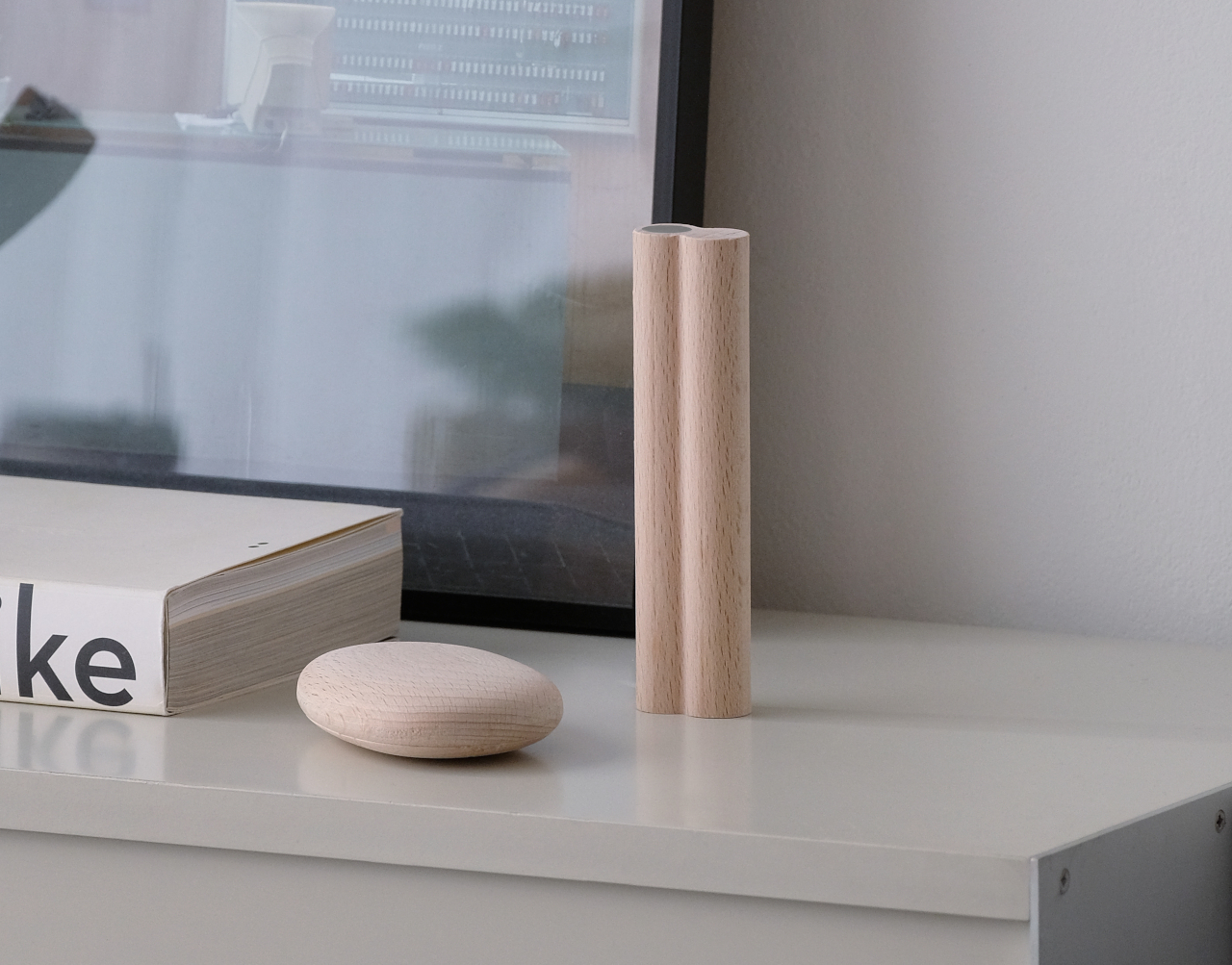
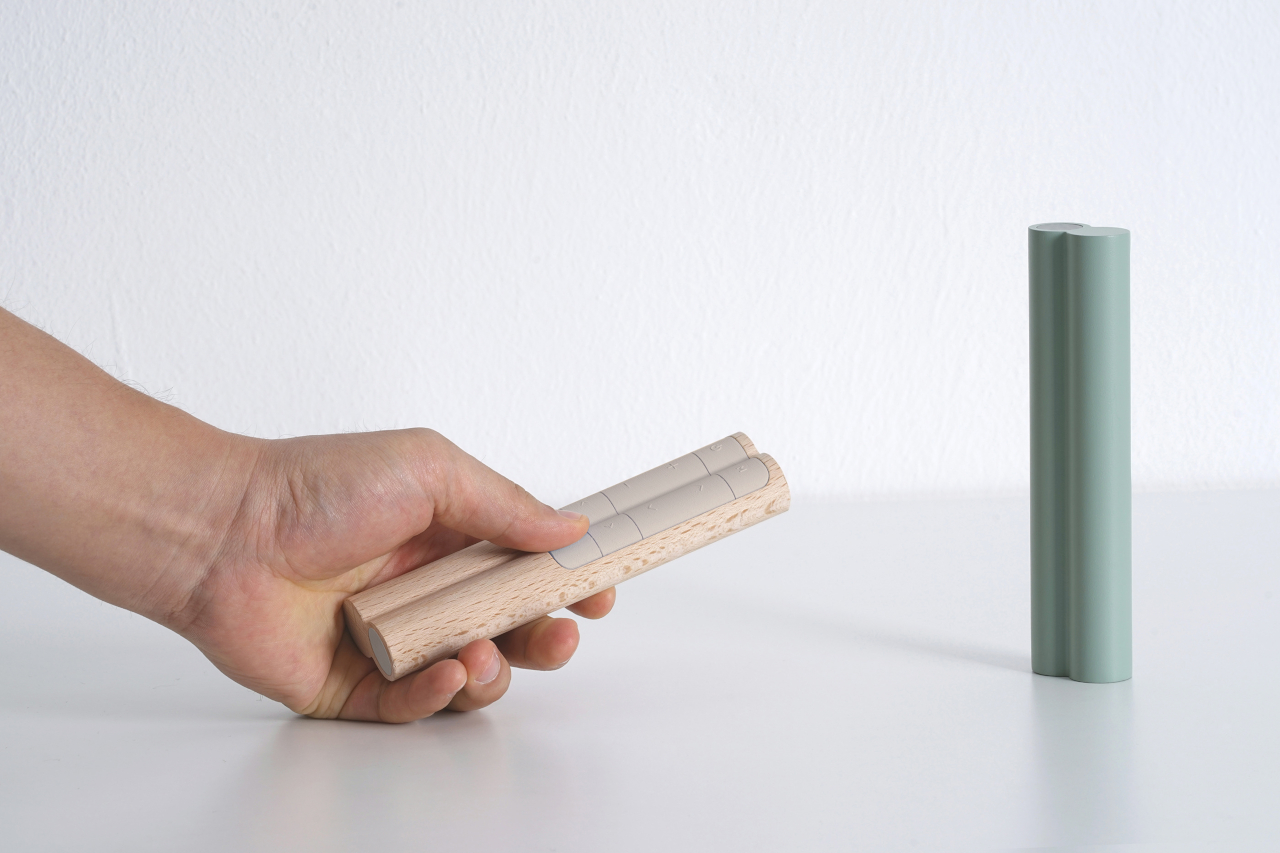
These are definitely interesting industrial design ideas that can have a calming effect in a tech-filled home. Most consumer tech companies, however, are unlikely to take such an approach that would make their branding and design identity practically invisible. There are, of course, companies like IKEA and MUJI that specialize in minimalist designs like these, and they are slowly but surely moving towards integrating more smart features into their products, hopefully in a similar minimalist fashion.
